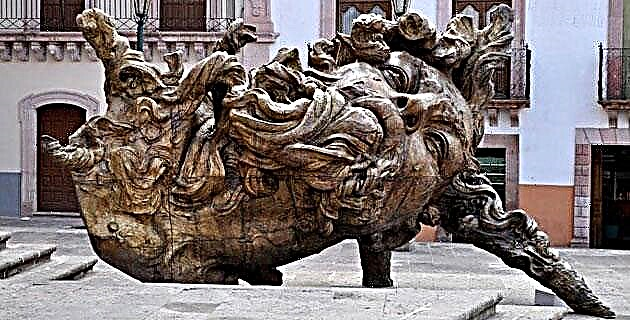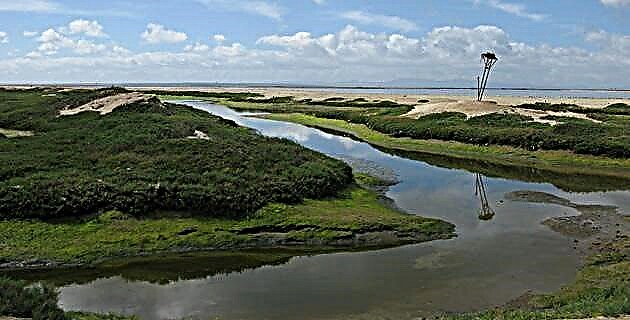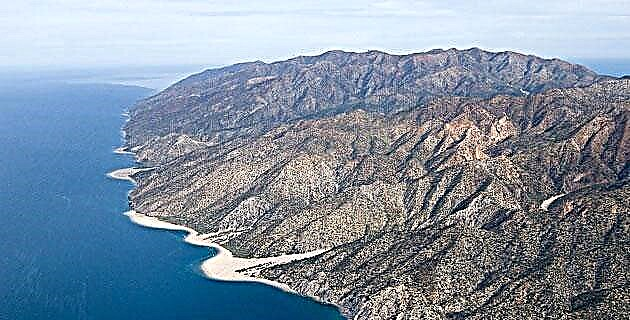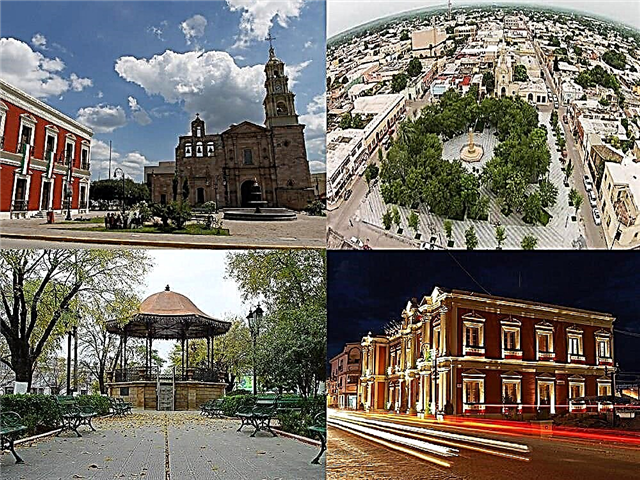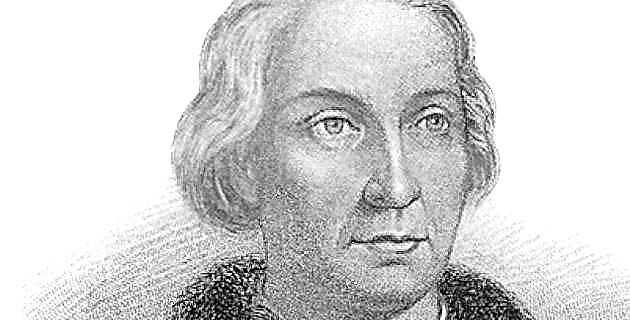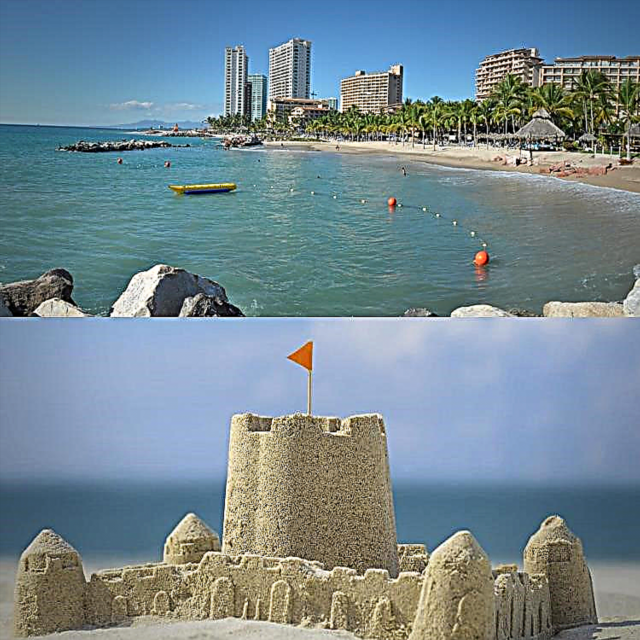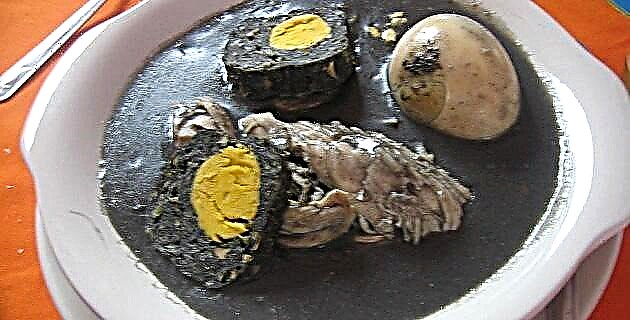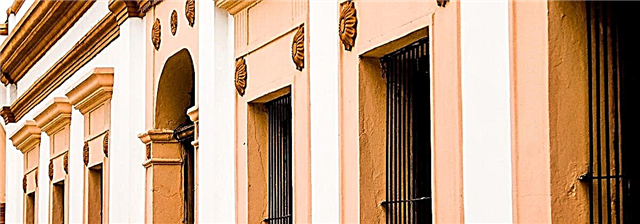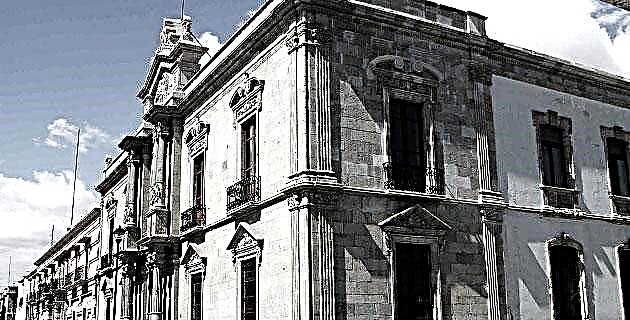
Cultural life in the city of Oaxaca, which had achieved such a high level during the colonial era, was slowed down - to some extent - during the years of struggle for Independence. But very soon, still under the roar of bullets, there was a noble effort to create cultural institutions, in keeping with the new times.
In 1826 the State Institute of Sciences and Arts was founded, and this worthy educational institution was followed by others such as the Scientific and Commercial College. During his government, Juárez gave great impetus to the public institution throughout the state; Normal education schools were created in the main towns. Don Benito also owes the enrichment of the collections of the State Museum; although the formal foundation of this one took place in 1882, being governor Don Porfirio Díaz. The Juarista efforts were continued by his successor Ignacio Mejía, founder of the Bar Association and promoter of the Civil Code. In 1861, on the eve of the Intervention, the Central Normal was created.
However, the largest cultural enterprises developed in the shadow of the Porfiriato; for example, the pedagogue Enrique C. Rebsamen reorganized the Normal School of Teachers; A road was built bearing the dictator's name and the city was provided with several markets; at the same time, the construction of new buildings for the State Prison and the Institute of Sciences and Arts began. It must also be said that it was at the same time that Monte de Piedad was founded (March 2, 1882) and the Meteorological Observatory was established (February 5, 1883).
Other material improvements in the state capital were made in the early years of our century. On the hill of El Fortín, on the occasion of the centenary of the birth of Juárez, his monumental sculpture was erected; The Music Band was also created, whose permanent activity has been the listening delight of locals and strangers.
In any case, and despite so many misfortunes, life in the city of Oaxaca and in the towns of the different regions passed with a certain tranquility. The military triumphs sometimes merited huge banquets; one of them is reported in the splendid anonymous painting entitled Banquet to General León (1844), preserved in the National Museum of History. Other political events also alternated the provincial calm of the place, such as the entry of Don Benito Juárez in January 1856; When a hundred triumphal arches were raised, there was a solemn Te Deum - there was still no separation between the Church and the State - and an artillery salvo in the Plaza Mayor.
The squares, churches, walks and markets -especially the one in Oaxaca- saw the hundreds of indigenous people wandering, arriving from their respective places, to rest, pray and sell paltry collections. The squares, located in front and to one side of the Cathedral, by the time they were painted by José María Velasco (1887) still did not wear their gigantic laurels. It should be noted that artistic teaching - especially painting and drawing - was never completely abandoned; although the results it produced are not up to the standards of what was done in other parts of Mexico. Several Oaxacan artists are known: Luis Venancio, Francisco López and Gregorio Lazo, as well as some women, for example Josefa Carreño and Ponciana Aguilar de Andrade; all of them made a pictorial production, halfway between the cultured and the popular, according to the taste of their fellow citizens.
The urban aspect of cities and towns did not change for the most part during the first half of the 19th century; the printing press of the New Spain centuries did not want to be erased. Which is explained, among other reasons, by the little modification suffered by social and economic structures. Only the interiors of the temples underwent neoclassical modifications: altars, pictorial decoration without any expressive force and the occasional sculptural “contempt”, they realize that, in this vast region of the country, they also wanted to be in fashion. It was from the issuance of the Reform Laws that religious buildings, especially in the city of Oaxaca, were intervened: the convent of Santa Catalina (now a hotel) was destined to be the headquarters of the City Hall, a prison and two schools were also installed ; the San Juan de Dios hospital was converted into a market and the Betlemitas hospital housed the Civil Hospital.
Also very important is the building that houses the Government Palace, whose construction took place throughout the 19th century -according to the project of the architect Francisco de Heredia-, due to the daily economic hardship that the State coffers experienced. .
In the middle of the Porfirian era, the reception room of this building was arranged; building that was rebuilt, in its front part, from 1936 to 1940, during the government of Constantino Chapital.

